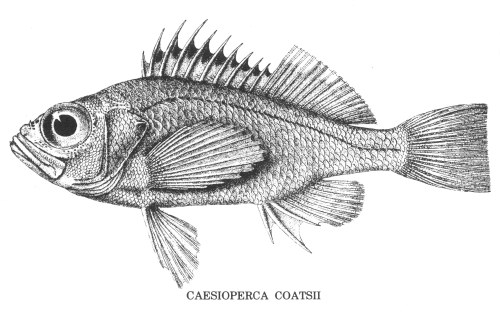
| Glasgow Digital Library | Voyage of the Scotia | BRUCE | PEOPLE | SHIP | ANTARCTIC | INDEX |
|---|
There is no form of exploration more fascinating and more important than oceanography - physical and biological - in any part of the world, and in no region is it more interesting and important to carry out these investigations than in the seas round about the South Pole.'
William Speirs Bruce
Oceanography is the study of all aspects of the oceans of the world - flora and fauna, tides and currents, winds, salinity, depth, nature of the bottom, density, salinity, temperature, etc.
Sailors have always been interested in the behaviour of the sea - for example the early Greeks wrote about the currents and life in the sea. In 1795 the Hydrographic Office was established in Britain to map the world's oceans. Modern oceanography really began in the 19th century.
In 1818 John Ross was measuring the salinity of the water and its temperature on his attempts at the Northwest Passage. In 1830 Charles Darwin made his voyage around the world on Beagle cataloguing flora and fauna. In 1853 the first international congress on the sea was held - this adopted the plans of the American Maury for oceanographic research.
During 1872-76 the Challenger expedition became the first major world oceanographic voyage. The ship sailed for four years, covered 68,890 miles, took 492 soundings, 133 dredges and 151 trawls. Many oceanic trenches were discovered. Much of the Challenger material was processed in Edinburgh and Bruce was to work on the results - which eventually ran to 50 volumes after 20 years' work.
In 1901 the International Council for the Sea was established with headquarters in Copenhagen and laboratories in Oslo. One of the first big studies was on North Sea fisheries. The laying of submarine cables across the Atlantic and elsewhere required an increased knowledge of the ocean deeps. As submarines have dived to greater depths, more knowledge has been required of the topography of the ocean bed.
The Prince of Monaco, with his oceanographic museum, made a considerable contribution to research, as did Bruce.
The first bathymetric chart of the world was published in 1903 with 18,400 soundings
Sir John Murray, 1841-1914
One of Scotland's great oceanographers was John Murray. Bruce first met Murray when, as a student, he was working on the Challenger expedition results. Murray had supervised the dredges on Challenger and was a well known oceanographer. He was to become president of the Royal Scottish Geographical Society and was always a great supporter of Bruce. It was Murray who arranged the first bathymetric survey of Scottish lochs.
Today, oceanography is aided by satellite surveillance. Ocean currents, sea temperatures, clouds and winds can all be mapped continuously by satellite. Most important is the very strong link between sea temperatures, currents and the world's climate.
Bruce set up the Scottish oceanographic laboratory in Edinburgh when he returned from the Scottish National Antarctic Expedition. Unfortunately, lack of funds resulted in the laboratory's closure in 1920.
One of Bruce's great dreams was for Edinburgh University to have an oceanography department. In 1914 he suggested that this could have been done as a memorial to Murray, but no money was forthcoming for this venture.
Bottle found in New Zealand
One of the ways of finding the direction and distance of ocean currents is to put bottles in the sea with notes for the finders. Today this is still done using plastic floats. On 7 September 1952 a bottle from Scotia was found in a sand dune on the south-west coast of New Zealand. Bottle 1001 had been released on 1 December 1903 on the Burwood Bank south of the Falkland Islands. It had travelled over 10,000 miles - probably the furthest point-to-point journey for a floating object ever recorded. Several other bottles had been returned much earlier. One was found in Victoria, Australia in 1907. It had travelled at a speed of between 8.5 and 16 miles per day.
Many universities now have courses in marine biology. Oceanography forms part of courses in geography, geology and climatology. The various parts of oceanography tend to be studied as specialised subjects in universities, and only a few people today tend to view the overall picture of the oceans as did scientists such as Bruce.

| Glasgow Digital Library | Voyage of the Scotia | BRUCE | PEOPLE | SHIP | ANTARCTIC | INDEX |
|---|